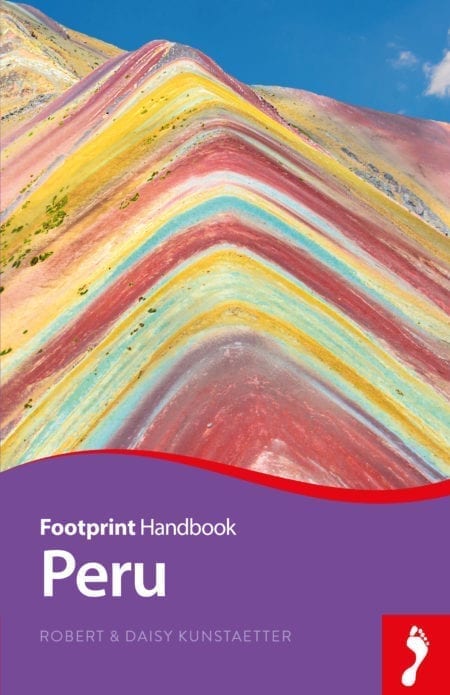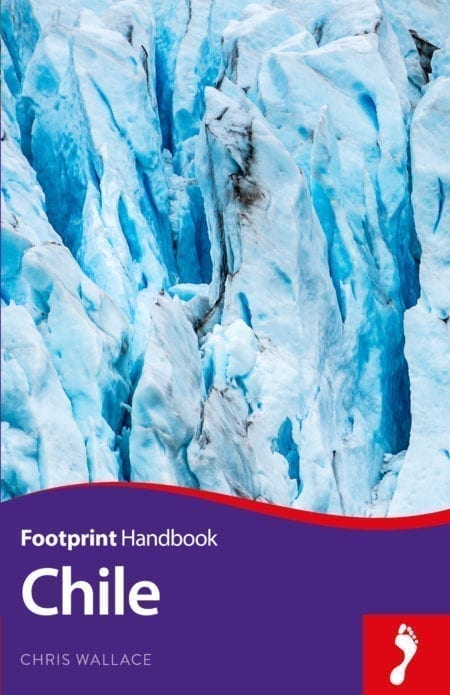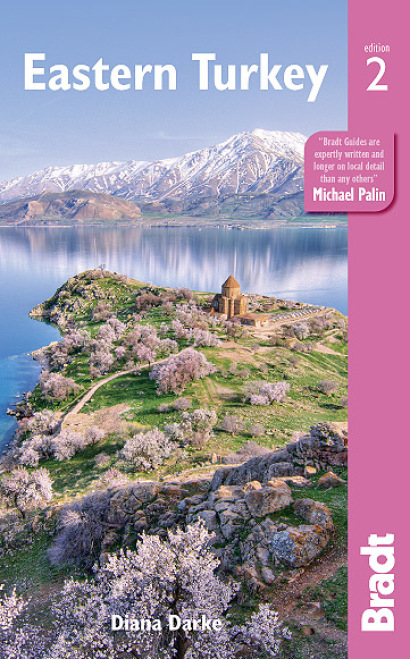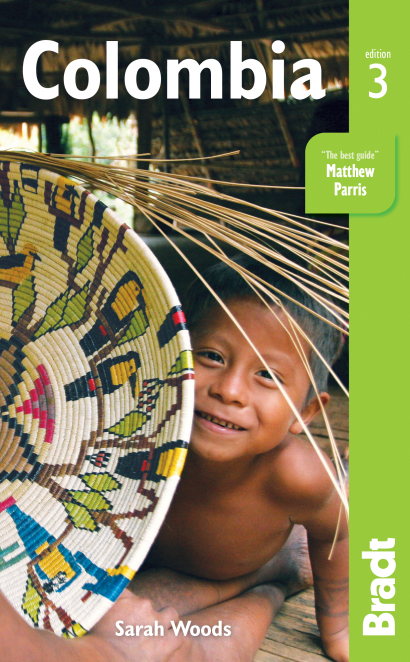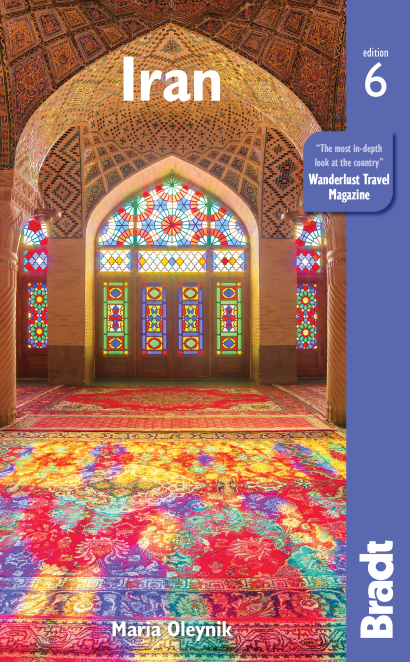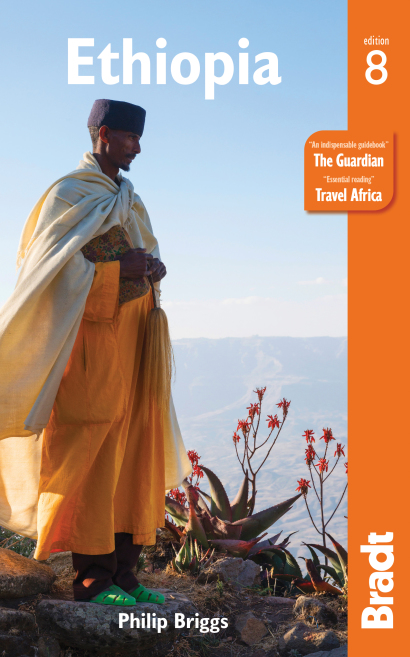When you think of ‘lost cities’, the vast inca ruins of Machu Picchu and the Hanging Gardens of Bablyon are probably the first sites that come to mind. But there are so many others to explore, from crumbling Persian empires to colossal Roman cities. Here is a selection of some of our favourites from around the world.
Persepolis, Iran
This ancient city in Iran embodies all the glory – and the demise – of the Persian Empire. It was here that the Achaemenid kings received their subjects, celebrated the new year and ran their empire before Alexander the Great burnt the whole thing to the ground as he conquered the world.
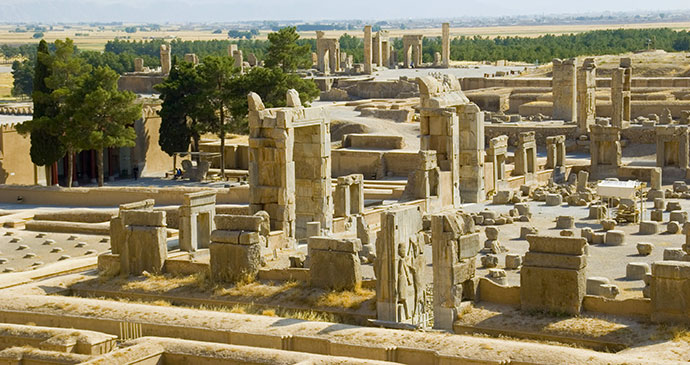
The immense scale and grandeur of this site (over 13ha) has long been recognised and in 1979 it was awarded the status of UNESCO World Heritage Site.
Kuélap, Peru
Kuélap is Peru’s mightiest secret and the most important site around Chachapoyas. A formidable lost city that pre-dates Machu Picchu, straggling almost a kilometre along an Andean mountain ridge at 3,000m and hidden under highland cloud, it comprises a vast set of ruins – and yet few people visit.
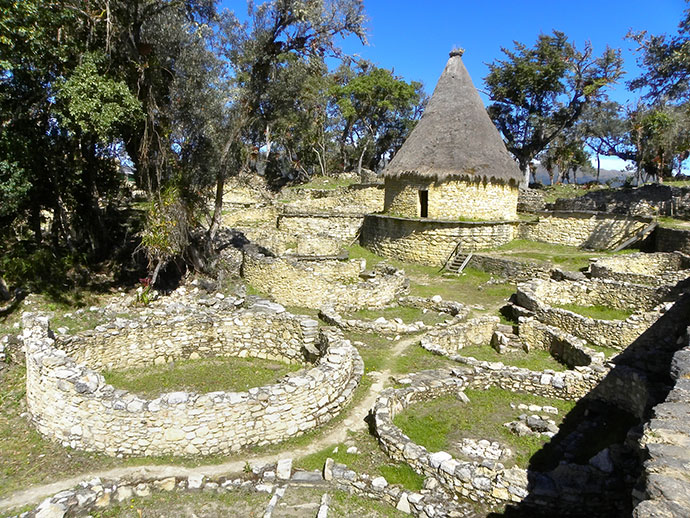
Features include an impressively fortified entrance, temples, a large castle and some 400 buildings, most of them circular, set within a 30m-high defensive wall. The scale of the place is dizzying. Furthermore, almost all the ruin is original with little restoration having been done.
Ani, Turkey
A true Armenian ghost town, Ani is found on the Armenian (formerly Soviet) border with Turkey, 42km east of Kars. In its size and magnificence in the mid 10th century, nothing in Europe could touch Ani, and in the East only Constantinople, Cairo and Baghdad were its rivals.
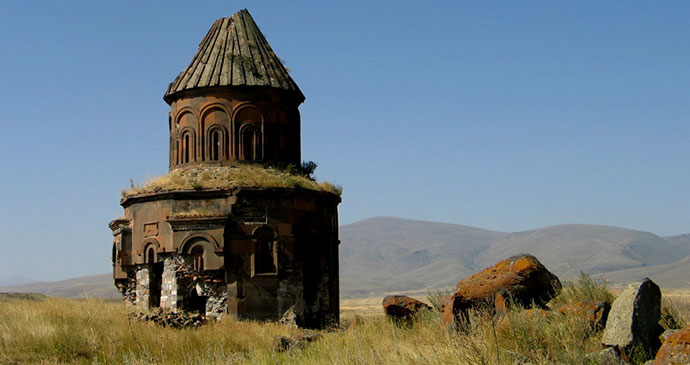
The colossal sand-coloured walls are a triumph of Armenian architecture, and nowhere else in Turkey will you see an entire walled Armenian city like this.
Easter Island, Chile
When Philip Larkin described fellow poet Ted Hughes as ‘like a Christmas present from Easter Island’, somehow everyone knew exactly what he meant. This tiny island, the remotest inhabited place on earth, is known worldwide for its moai, massive stone figures carved by members of a now virtually forgotten culture which developed in total isolation over many centuries.
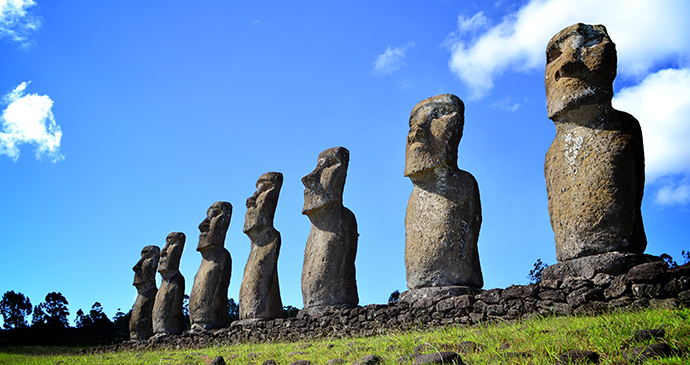
After the collapse of the moai-carving culture, the island was left deforested and almost depopulated, but still dotted with moai, some standing in groups on ahu platforms, some overthrown nearby, and many abandoned at the quarry where they were carved. These remain today alongside petroglyphs and other relics. It’s intensely evocative, largely because so little is known about their creators and the disappearance of their culture.
Axum, Ethiopia
Formerly the epicentre of a trade empire of global importance, dusty Axum may be past its prime today, but the giant stelae field on its outskirts remains a striking monument to its glory days, as do the numerous multi-lingual tablets and ruined palaces recently unearthed by archaeologists.
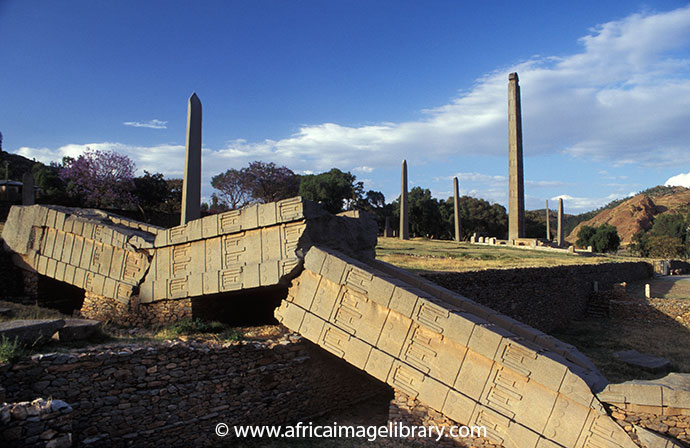
The oldest town in Ethiopia, holiest city of the Ethiopian Orthodox Church, and former capital of one of the world’s greatest empires, it is smaller than you might expect, but the city is scattered with startling antiquities.
Ciudad Perdida, Colombia
One of the largest pre-Columbian archaeological sites discovered in the Americas, Ciudad Perdida lay undiscovered on the remote northern slopes of the Sierra Nevada de Santa Marta until 1972. Known as Teyuna by its indigenous inhabitants, Ciudad Perdida sits on the Río Buritaca at an altitude of 950–1,330m. It consists of a series of 169 terraces carved into the mountainside with a network of tiled roads and small circular plazas.
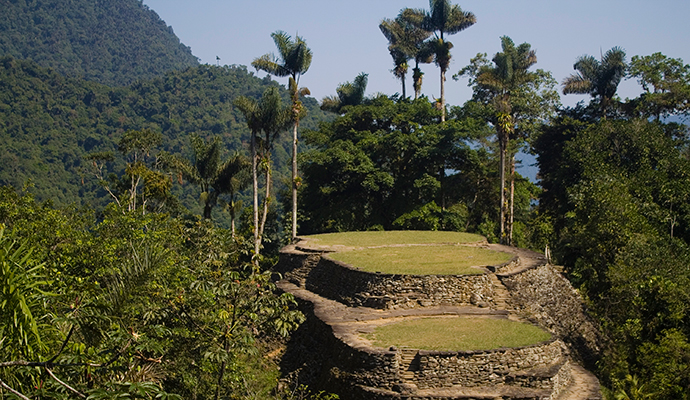
The entrance to the city is a climb of some 1,200 stone steps through dense jungle. Today the Lost City is partially overgrown but this seems to add to its character. It was apparently abandoned during the Spanish conquest and although local Arhuaco, Kogui and Assario tribes knew of its existence, they told no-one.
Baalbek, Lebanon
The Baalbek complex, a homage to the gods of the Heliopolitan Triad – Jupiter, Venus and Mercury – contains some of the largest and most impressive Roman remains in the world. Lebanon’s most feted archaeological attraction, Baalbek was made a UNESCO World Heritage site in 1984 with the comment that ‘Baalbek, with its colossal structures, is one of the finest examples of imperial Roman architecture at its apogee’.
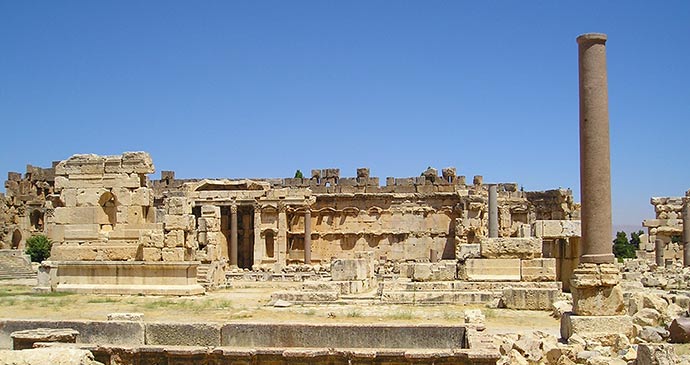
Despite a series of devastating earthquakes and a succession of conquering civilisations over the millennia, the Baalbek site is one of the most remarkably preserved complexes in the Middle East and should be on every traveller’s itinerary while in Lebanon.
Choquequirao, Peru
As spectacularly sited as Machu Picchu at the end of a breathtaking trek, Choquequirao welcomes far fewer visitors to its plazas and decorated terraces.
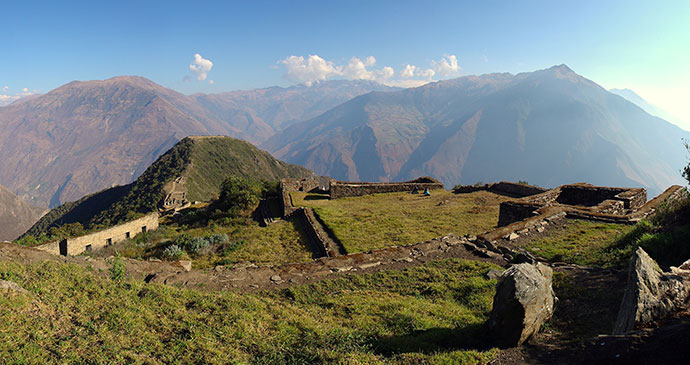
Although the stonework is less refined than that at Machu Picchu, there are plazas, ceremonial centres and some unique terraces decorated with patterns of llamas to discover. Only about a third of the site has been uncovered, which adds to its mystique.
Hattuşaş, Turkey
The capital of the Hittite empire of the 17th century BC, Hattuşaş once covered an enormous area, at least 3km², and the scale of all its buildings was vast. The defence walls were 6.5km long with nearly 200 towers, making it one of the earliest-surviving examples of a walled city. It is best to head first up to the highest point of the settlement, where you will find the three city gates – the Lion Gate, the Sphinx Gate, and the King’s Gate – at each of the three corners of the top plateau set about 500m from each other.
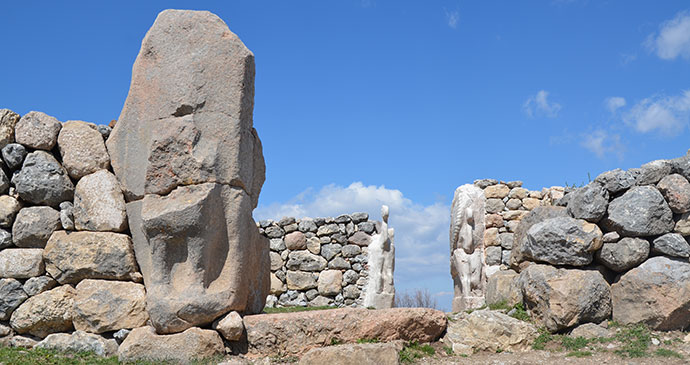
None of the remains at Boğazkale today stand very high: you will not see here tall pillars, magnificent theatres and imposing façades. Most of what remains are foundations and low walls, but what cannot fail to impress is the size and scale of the conception.
More information
Find out more in our guides:
